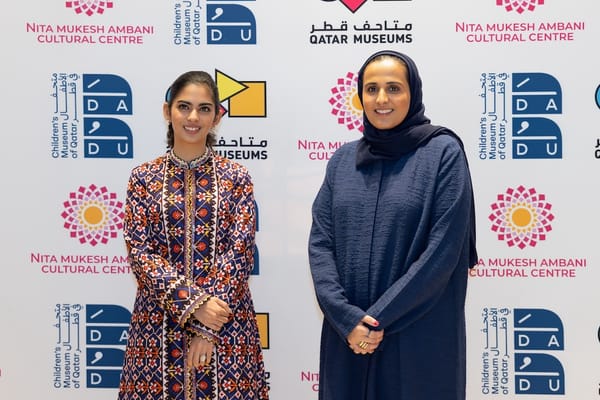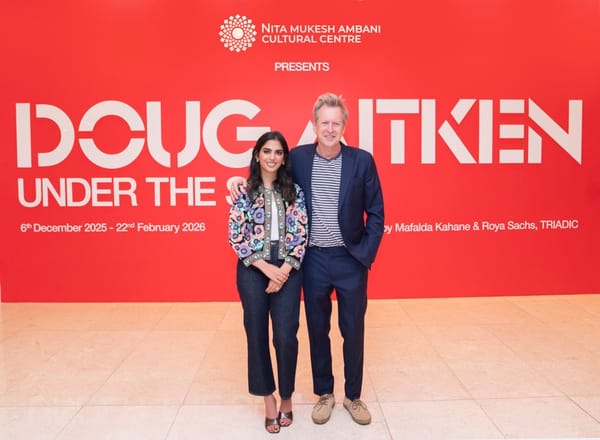Jaya Asokan on Transforming the India Art Fair: Inclusivity, Sustainability, and the Future of Art
In this insightful interview, Jaya Asokan discusses her transformative leadership at the India Art Fair, highlighting initiatives in inclusivity, sustainability, and cross-disciplinary collaborations, while emphasizing the Fair's role in shaping India's evolving art scene.
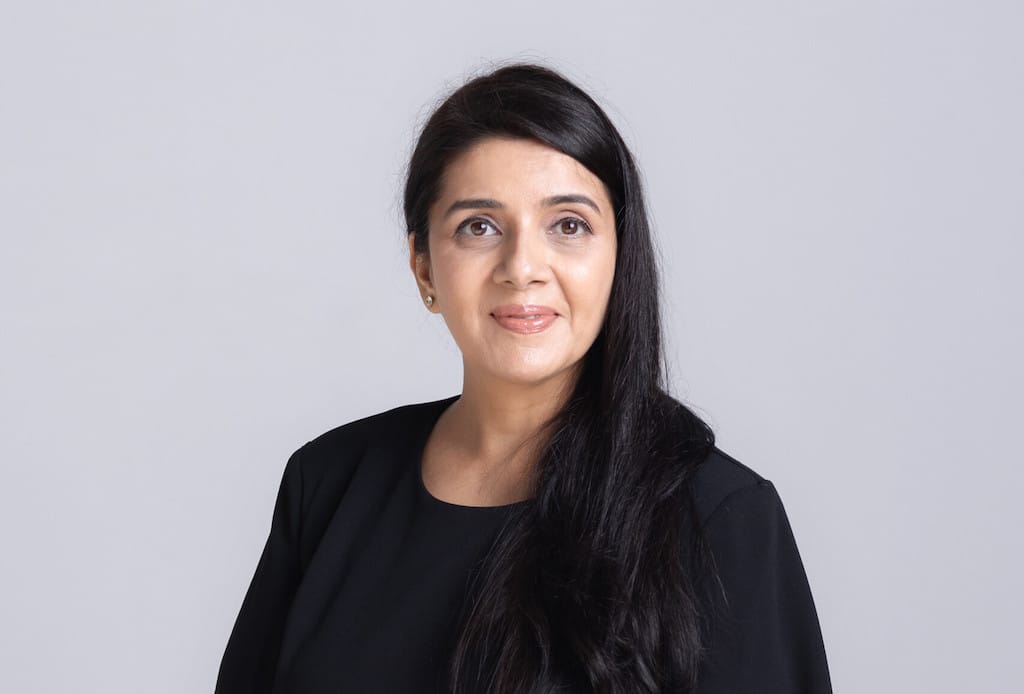
Jaya Asokan is a transformative force in the Indian art world, currently serving as the Director of the India Art Fair (IAF). With nearly three decades of experience across art, design, and culture, Jaya brings a rich, multifaceted perspective to her role. After earning a degree in Graphic Design from the prestigious Parsons School of Design in New York, she honed her skills in the US before returning to India, where her work with leading art auction houses and galleries shaped her distinct approach to curating and managing art events.
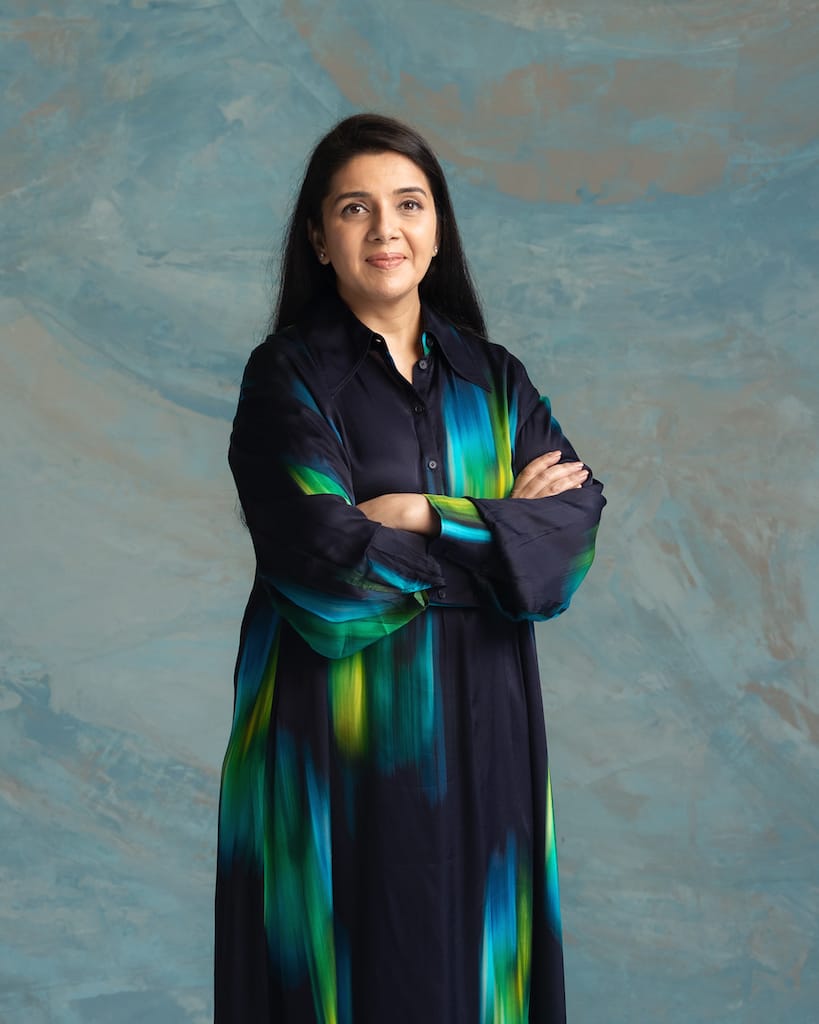
Under Jaya’s visionary leadership, the India Art Fair has evolved into a dynamic platform that spans both the physical and digital realms, reflecting her commitment to inclusivity, sustainability, and artistic innovation. The Fair has grown to incorporate a diverse range of audiences and artists, promoting not only contemporary art but also the rich traditions of Indian craft, especially through initiatives like the Collectible Design vertical. Jaya’s strategic direction has expanded the scope of the Fair to reach new heights, ensuring that art is accessible to all, including people with disabilities.
In this interview, we delve into Jaya’s journey and her pioneering work with the India Art Fair, exploring her thoughts on the changing landscape of art curation, the role of sustainability in art events, and how technology has opened new doors for artists and audiences alike.
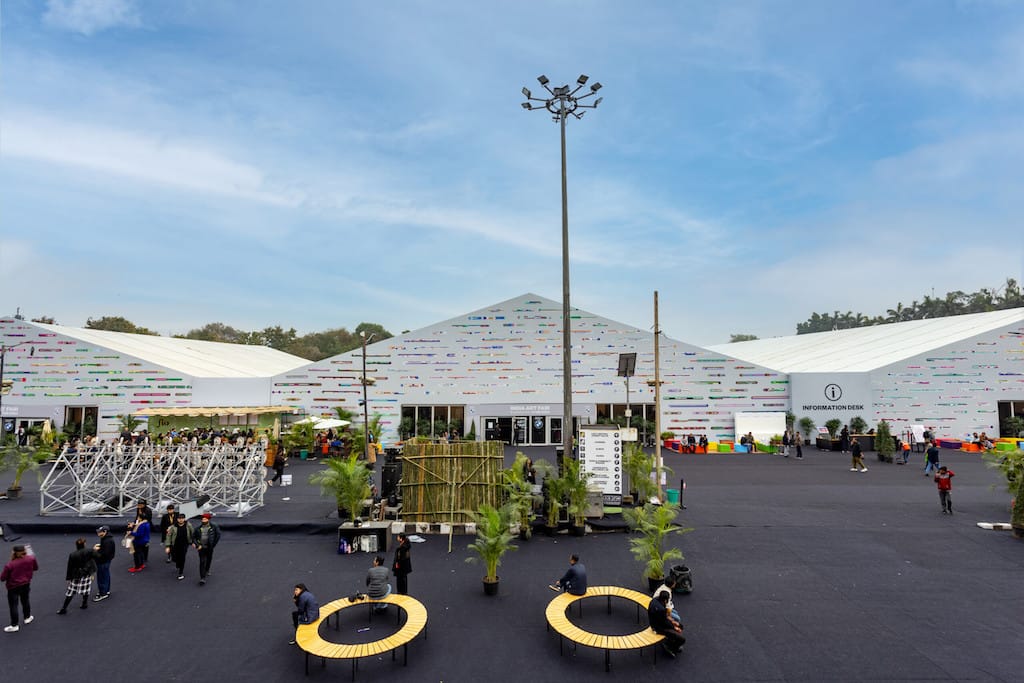
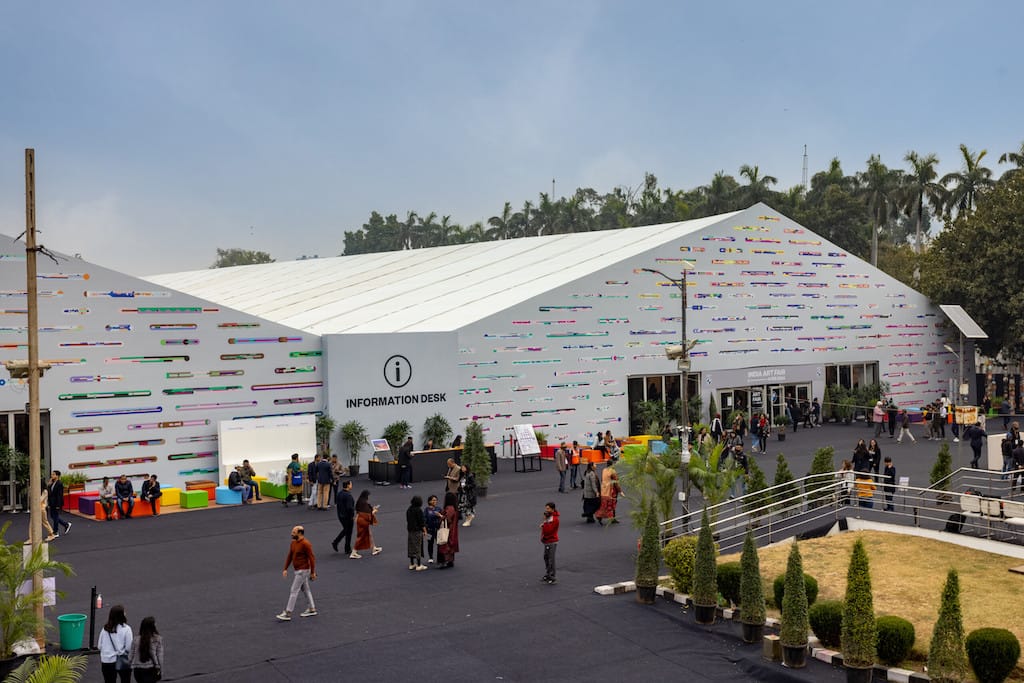
Facade of the India Art Fair | Courtesy: India Art Fair
Nikhil Sardana: As someone who has seamlessly navigated the worlds of design, art auctions, and curatorial leadership, how do you envision the India Art Fair evolving over the next five years, particularly in fostering global partnerships and nurturing emerging talent?
Jaya Asokan: India Art Fair has grown exponentially, particularly given that we had no prior model of a contemporary art fair when we began. Collaboration has been our cornerstone—whether with cultural leaders across the region or with allied fields such as fashion, architecture, and heritage. These partnerships have allowed us to break barriers and make art more accessible, fostering dialogues across disciplines, cities, and key players within both the Indian and international art worlds.
Looking ahead, one area of focus will be increasing global representation. South Asian art is experiencing a pivotal moment internationally, with significant showcases at events like the Venice Biennale and exhibitions like "The Imaginary Institution of India" at the Barbican in London. This momentum is mirrored at the Fair, where robust participation from international galleries fosters cross-cultural exchange and economic growth.
Equally, we’re paying close attention to emerging markets. There has been a remarkable surge in collector activity from Tier 2 and Tier 3 cities, supported by new art hubs like the Hampi Arts Lab and the Jaipur Centre for Art. Additionally, younger collectors, particularly those aged 30 to 50 from sectors like tech and finance, are redefining the market with a digital-first approach and a keen interest in experimental art forms. These trends will shape the Fair’s future trajectory.
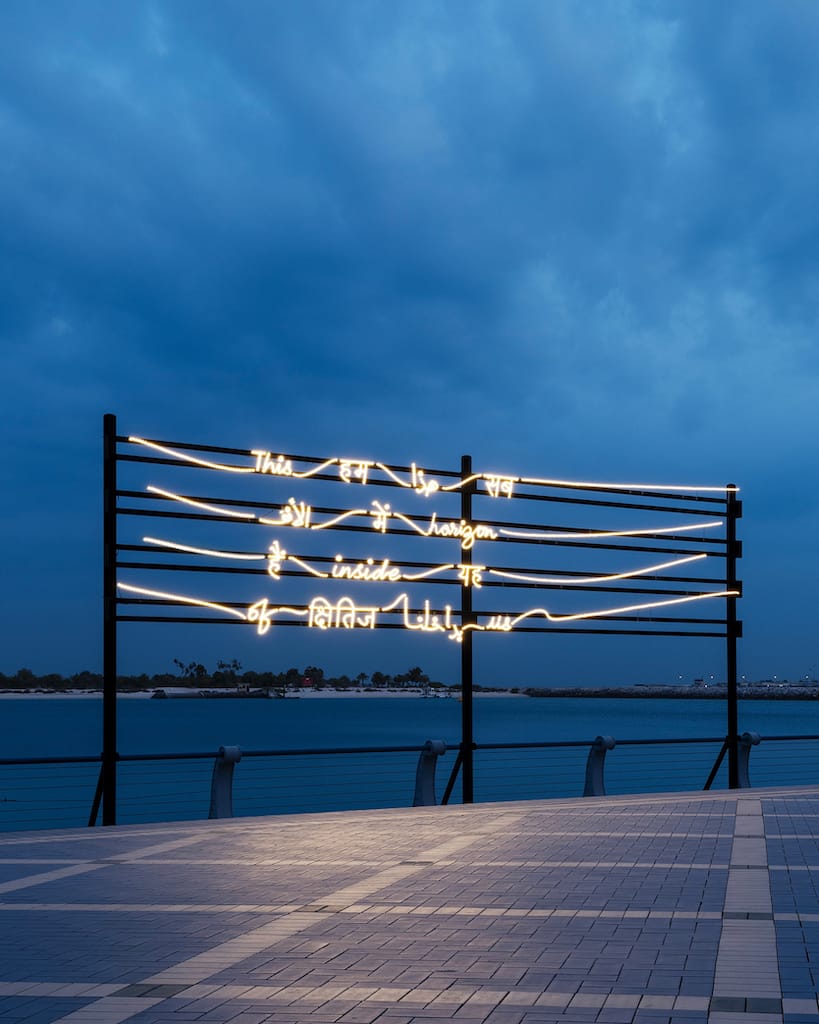

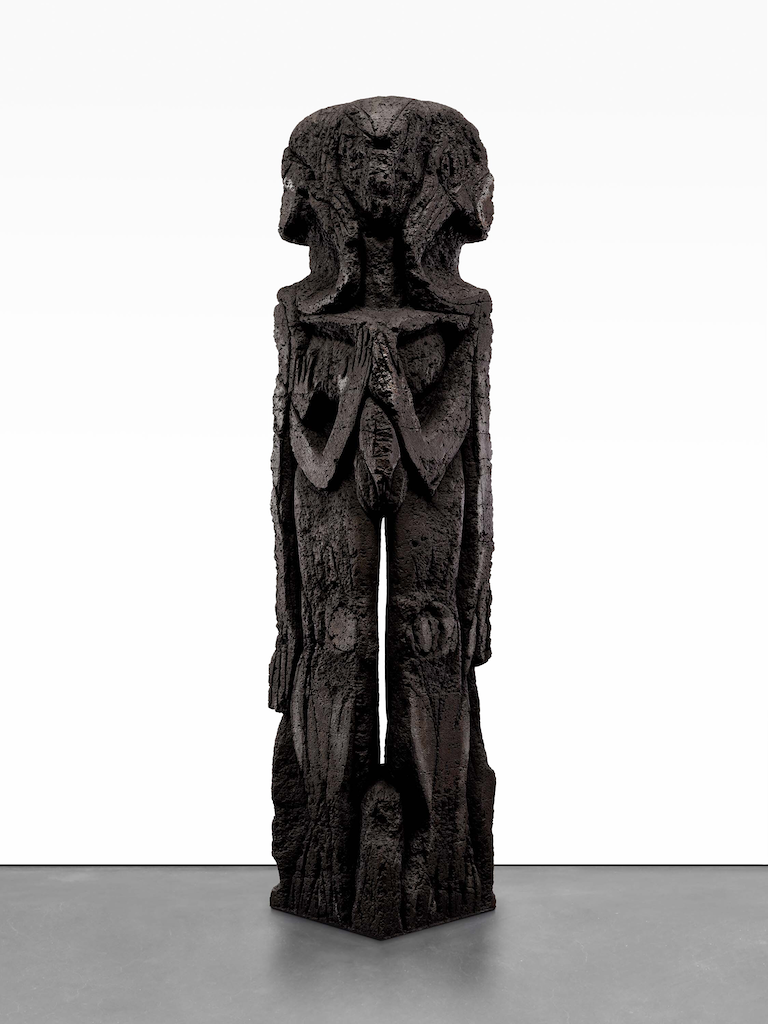
This Horizon Inside of Us by Shilpa Gupta, animated light installation, 975 x 487 cm (384 x 192 in), 2023 | Courtesy: Galleria Continua | Photographer: Lance Gerber; Unbridled Lull by Kwadwo A. Asiedu, acrylic on canvas, 161 x 120 cm, 2023, courtesy of the artist and kó; Maybe Nothing, Maybe Everything by Huma Bhabha, patinated bronze, 86.5 x 18 x 19 inches, 2024, courtesy of the artist and David Zwirner.
NS: Sustainability is a cornerstone of your leadership at IAF. Could you share the biggest challenges you've faced in making the Fair environmentally conscious, and how these have influenced your approach to curatorial and infrastructural decisions?
JA: Sustainability is integral to our ethos at the India Art Fair, and we continuously build on our efforts to improve the Fair’s ecological footprint. While it’s an ongoing challenge to make such large-scale events entirely sustainable, we have proactively implemented long-term strategies aimed at achieving a greener Fair.
For instance, we reuse exhibition tents, floors, and walls year after year. All ticketing is digital, and we’ve transitioned to printing fair signage on fabric, which is more eco-friendly. Catering operations use biodegradable dishes and utensils, and we actively encourage visitors to adopt public transport during the Fair. These steps earned us a top-three spot for excellence in sustainability by Exhibition Showcase in 2023.
Sustainability also influences the artworks and projects we present. For the 2025 edition, the BMW Commission will centre on the theme of ecocentrism, highlighting the intersection of technology and nature. A winning artist from our Born of Art initiative will create an expanded project reflecting this theme. Moreover, installations like Asim Waqif’s project using recycled materials further emphasize our commitment to sustainability, mirroring how artists themselves are responding to this global imperative.
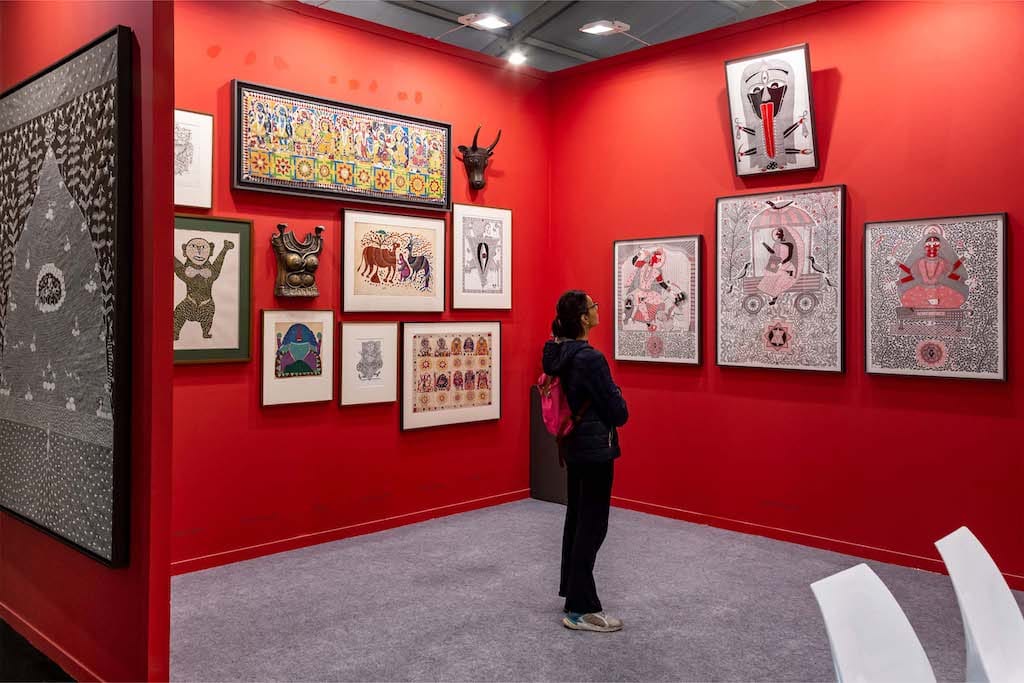
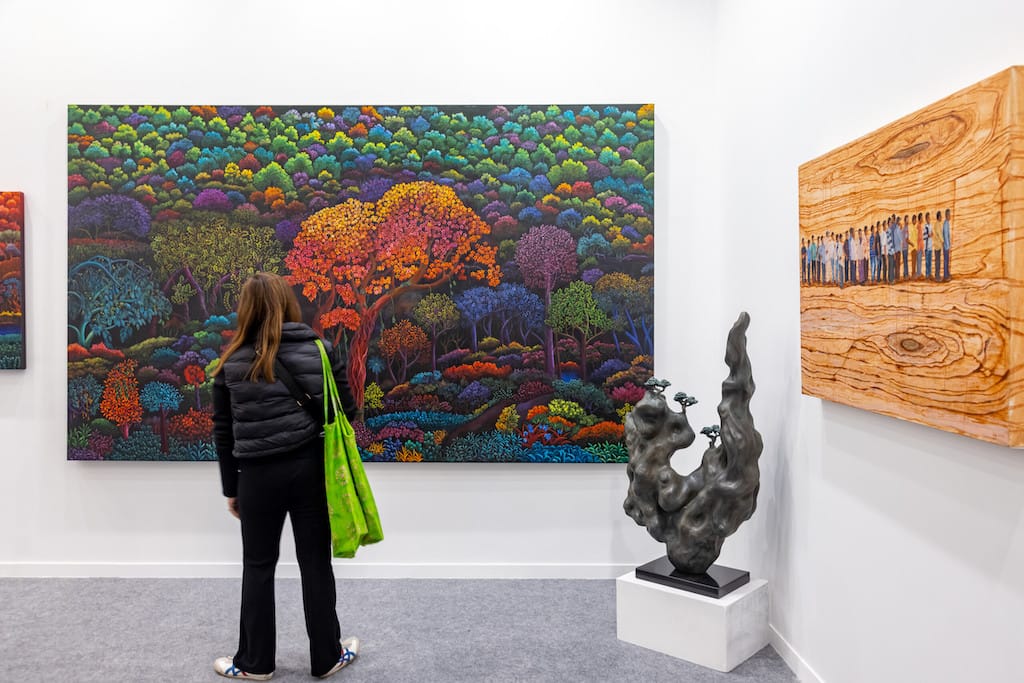
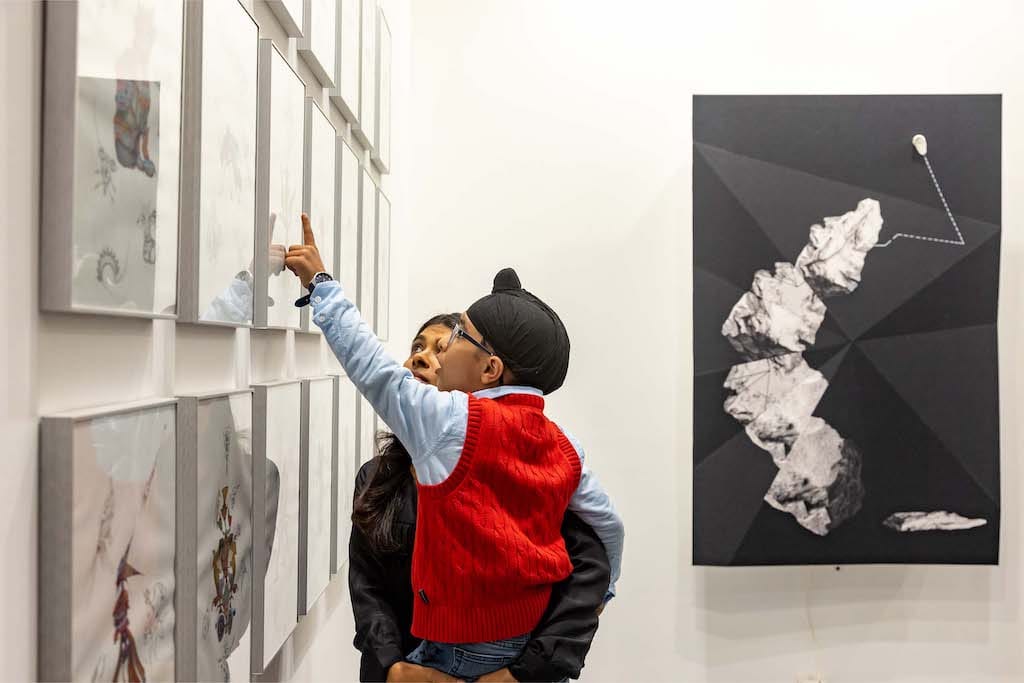
Visitors at the Ojas Art, Art District XIII, and TIFA by Evolving Culture Foundation booths at the India Art Fair | Courtesy: India Art Fair
NS: By introducing the Collectible Design vertical, you've worked to dissolve traditional boundaries between art and design. How has this been received by the Indian and international audiences, and what do you hope it will achieve in the long run?
JA: The reception to our Collectible Design vertical has exceeded even our own expectations. Design is a personal passion of mine, and at India Art Fair, we firmly believe in the fluidity between creative fields. Artists and designers have always been in dialogue, pushing the boundaries of their practices to generate fresh ideas.
This section celebrates that interconnectedness. By highlighting collectible design, we’ve opened new avenues for art and culture, encouraging greater cross-pollination between disciplines. It has resonated strongly with both Indian and international audiences, allowing them to see design not merely as functional but as an artistic expression in its own right. In the long run, we hope this initiative will inspire greater collaborations, elevate the status of design, and foster a richer appreciation for multidisciplinary creativity.
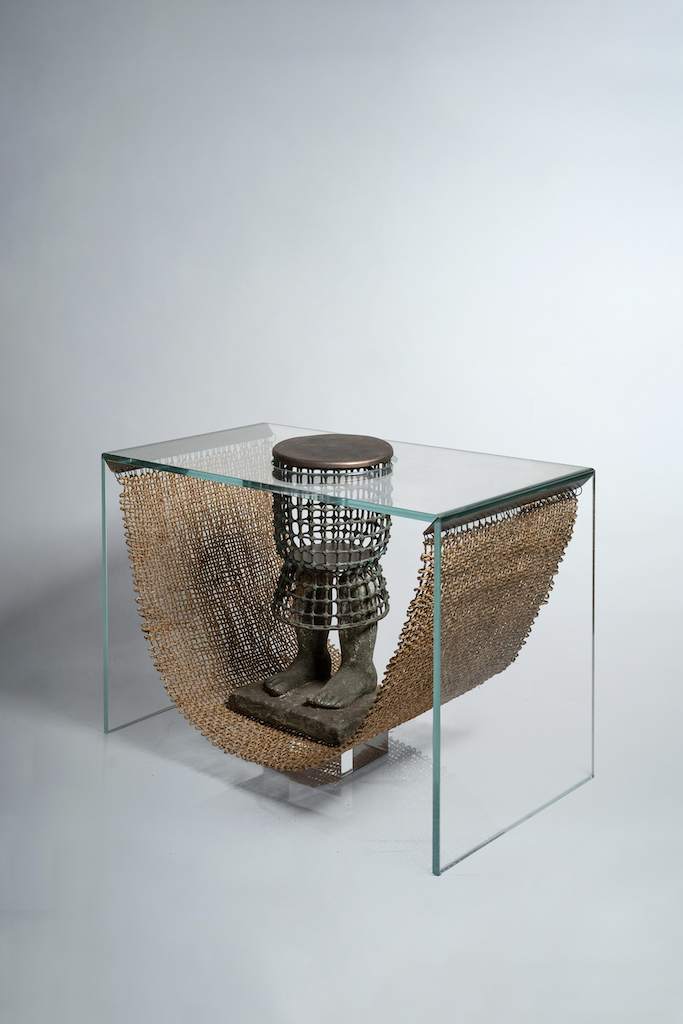

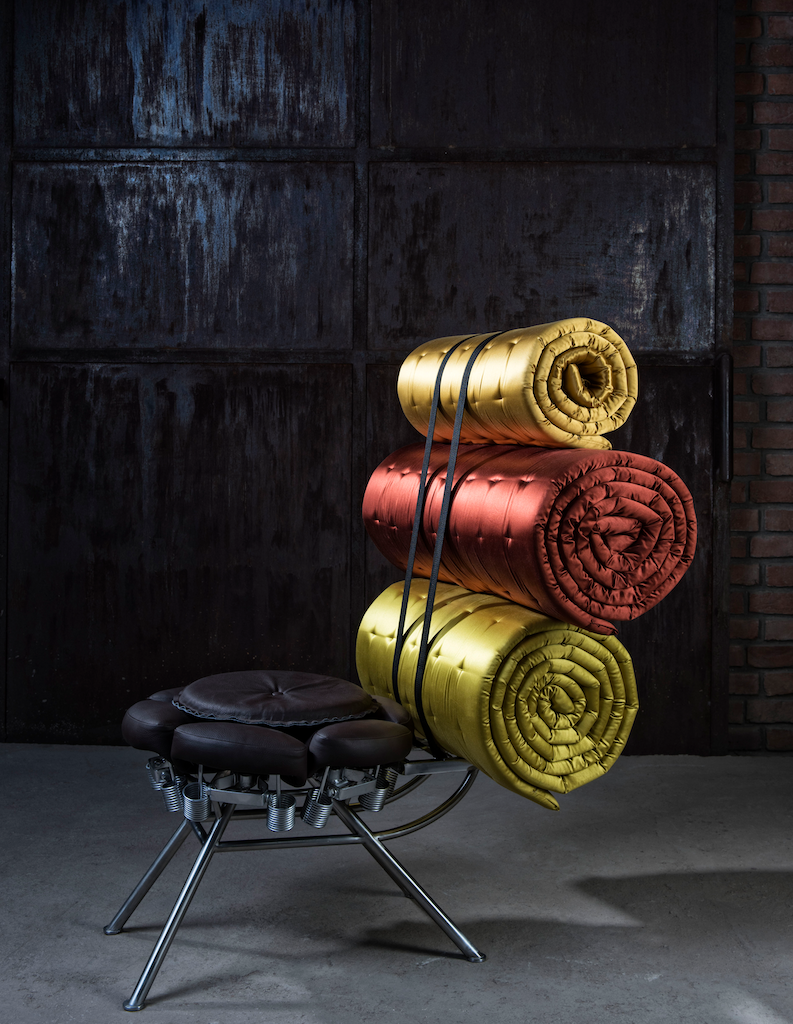
Works by Ashiesh Shah, Studio Renn, and Gunjan Gupta will be featured in the expanded Design section of the India Art Fair 2025. Building on the success of its inaugural 2024 showcase, this year’s fair will highlight limited-edition, hand-made collectible designs from 11 pioneering studios, showcasing the dynamic design scene of South Asia. A specially curated presentation by Alaiia Gujral will also spotlight seventeen emerging Indian designers, including Vikram Goyal, ROOSHADSHROFF, DeMuro Das, and others. Additionally, Carpenters Workshop Gallery will present select works from its international roster. Courtesy: The respective studios.
NS: How has the India Art Fair worked towards inclusivity, particularly for people with disabilities?
JA: We realized early on as a team that inclusivity was a non-negotiable. We understood that some people couldn’t visit the fair due to physical reasons or disabilities, and we felt strongly that art should be accessible to everyone. We’ve taken deliberate steps to ensure this.
The fair is physically accessible, first and foremost, with features like accessible seating and floor plans. We also provide dedicated tours with special assistance, tactile artworks—recreations of existing works at the fair—and rail guides. Our talks include sign language interpretation.
Importantly, this is not about tokenism. We strive to integrate artists and speakers with disabilities into the regular programming, ensuring their representation is part of the main discourse. We’ve also introduced workshops for educators, children, and anyone curious to learn about accessible art. Over the past five years, these efforts have been immensely gratifying as they’ve allowed us to reach an audience who might never have attended otherwise.
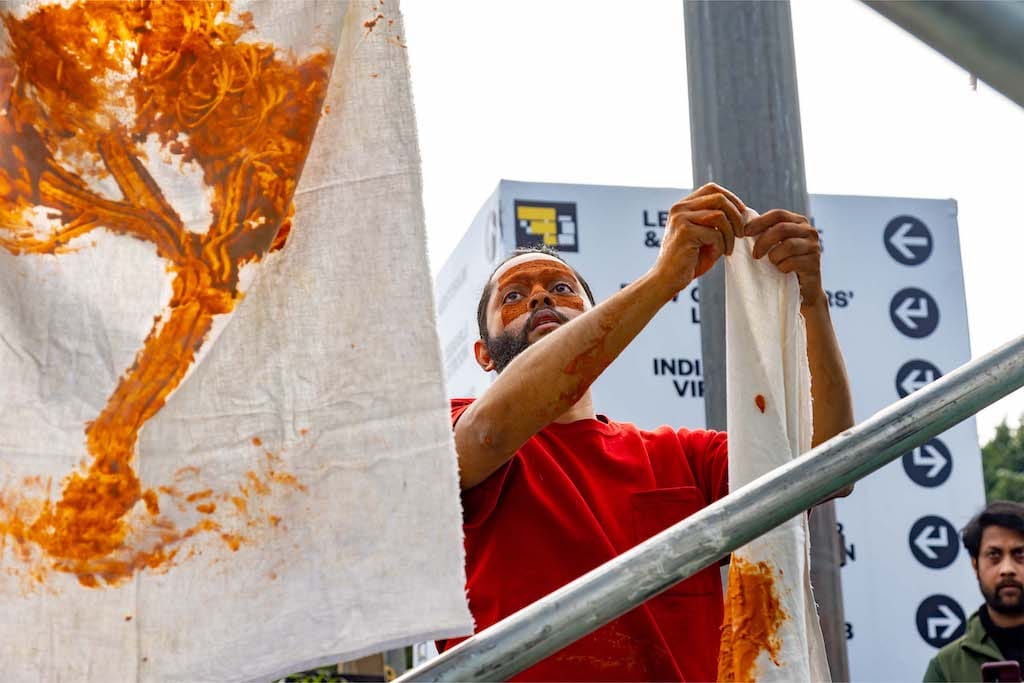
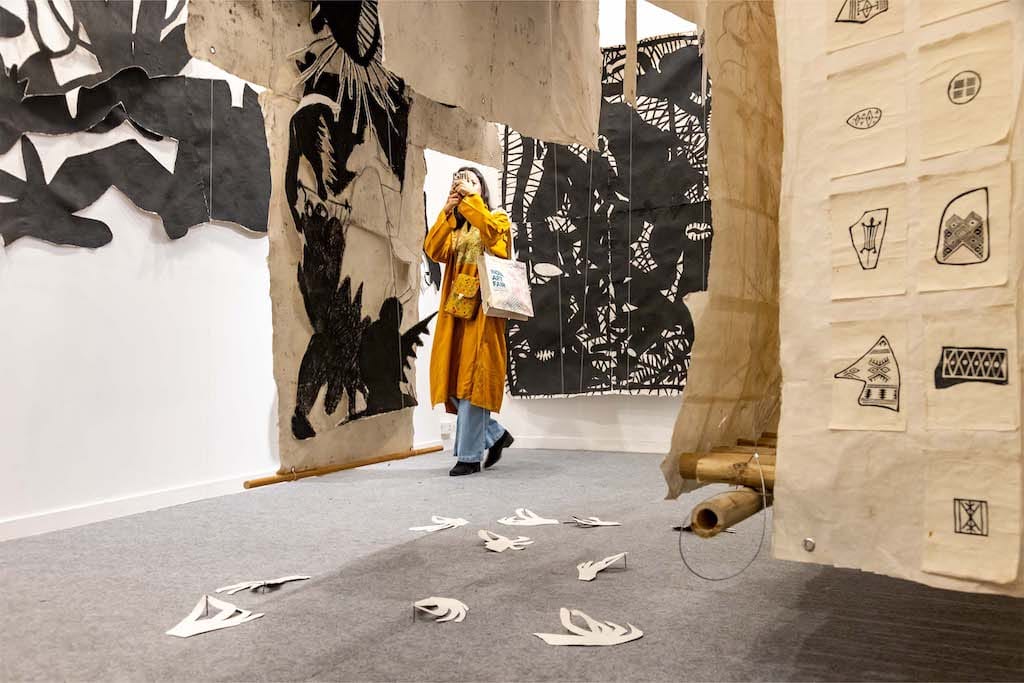
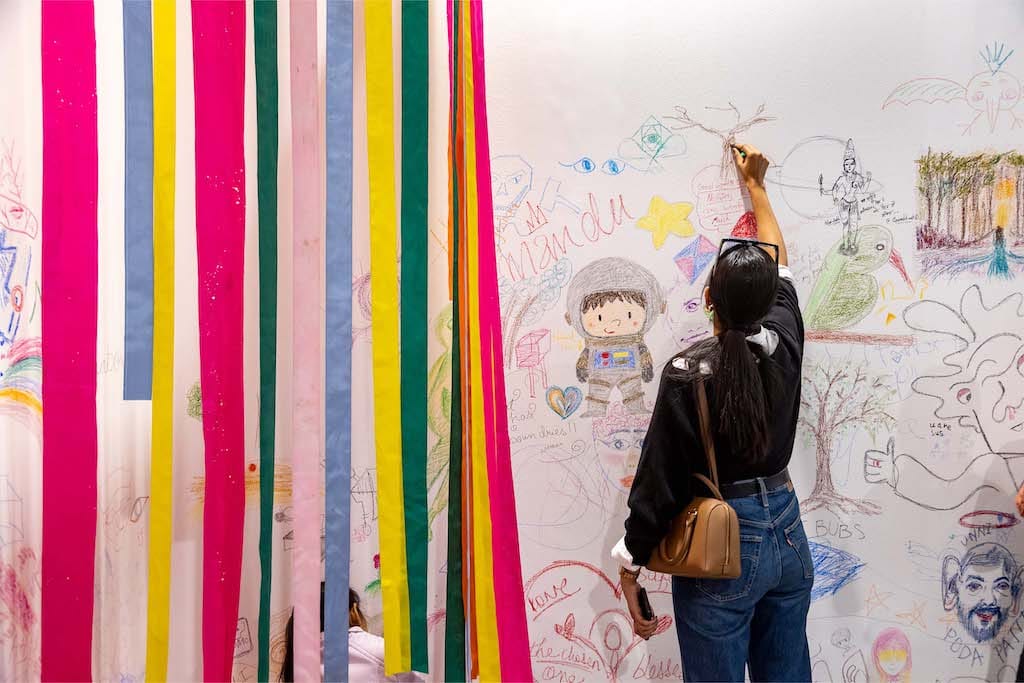
Still from performance by Jyothidas K.V. at India Art Fair; Visitors at Students' Biennale X IAF Artist-in-Residence M. Thamshangpha booth and Inclusion Lab at India Art Fair | Courtesy: India Art Fair
NS: You’ve lived in culturally rich cities like Chennai, New York, Mumbai, and now Delhi. How have these experiences shaped your vision for the India Art Fair as a platform for both local traditions and global perspectives?
JA: My exposure to diverse cultures has greatly enriched my understanding of artistic expression. Growing up in Chennai, known for its rich cultural heritage and classical arts, deepened my appreciation for traditional art forms.
Later, my time in New York—a global hub for contemporary art—opened my eyes to cutting-edge practices and the international art market. Living in Mumbai, a city that blends tradition and modernity, taught me how traditional Indian art can coexist with contemporary trends.
These experiences have shaped how I approach the India Art Fair. For example, our Platform section showcases living art traditions and folk forms on an equal footing with contemporary works. This allows visitors to see both side by side, emphasizing their equal value and importance.
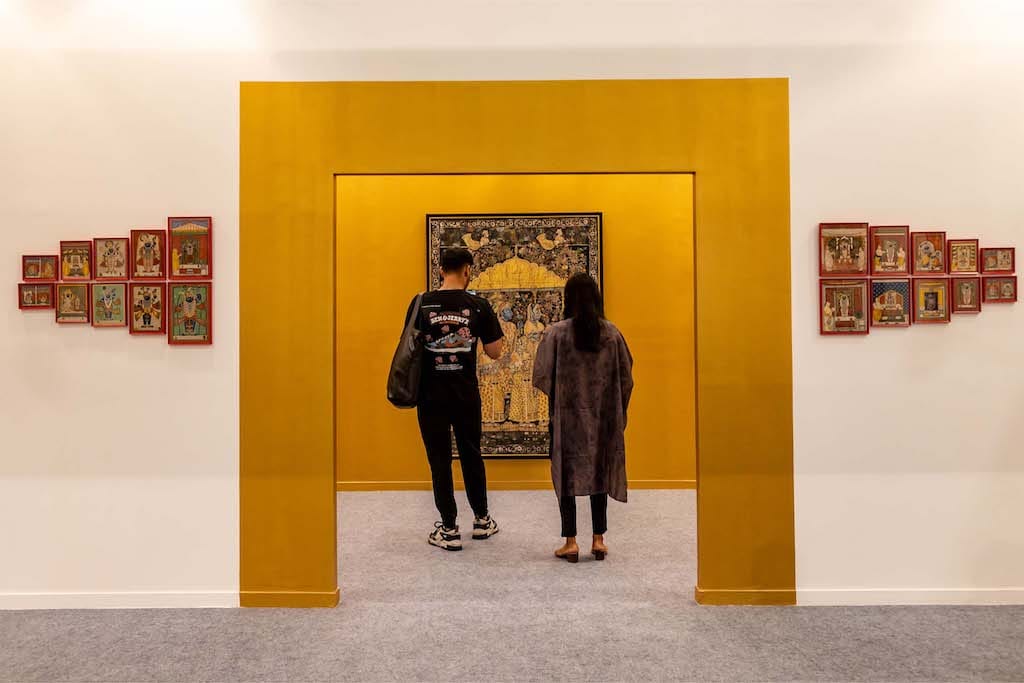
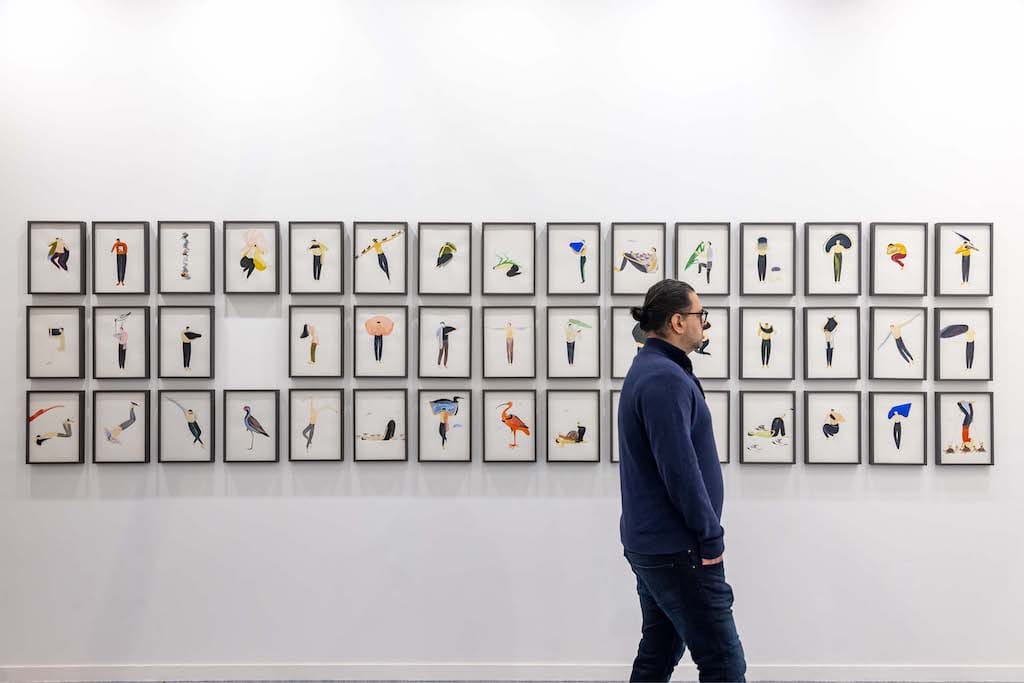
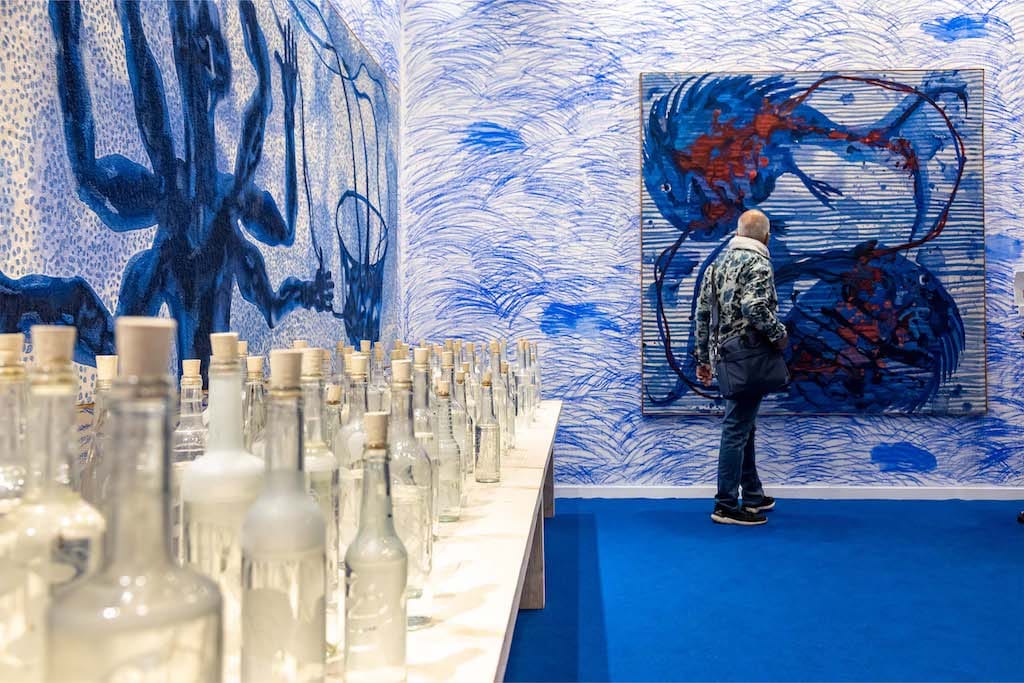
Visitors at the Pichvai Tradition and Beyond, Gallery Art Exposure, and Villa Swagatam booths at the India Art Fair | Courtesy: India Art Fair
NS: As a mentor through the KARM Fellowship and other initiatives, how do you see your role in shaping the next generation of women leaders in the arts? What advice would you offer aspiring professionals?
JA: I see mentoring as a crucial responsibility. I aim to create a supportive environment where young talent can thrive, especially in a field that can be challenging to navigate. For young women, I emphasize the importance of perseverance, confidence, and embracing both successes and setbacks. Understanding the unique challenges women face in leadership roles, I focus on equipping them with the skills and mindset they need to excel.
To aspiring professionals, my advice would be:
- Stay true to your vision: Develop a clear career vision and stay committed to your passions and goals, even when facing obstacles.
- Seek mentorship and build networks: Find mentors and build a strong network of supportive peers and industry professionals.
- Cultivate resilience and adaptability: Understand that the arts industry can be unpredictable, and build resilience to navigate its challenges.
- Advocate for yourself and others: Be confident in promoting your work and ideas, while uplifting others in the field.
Interestingly, a significant portion of the arts community in India is women-led, which sets us apart globally and is a promising sign for future generations.
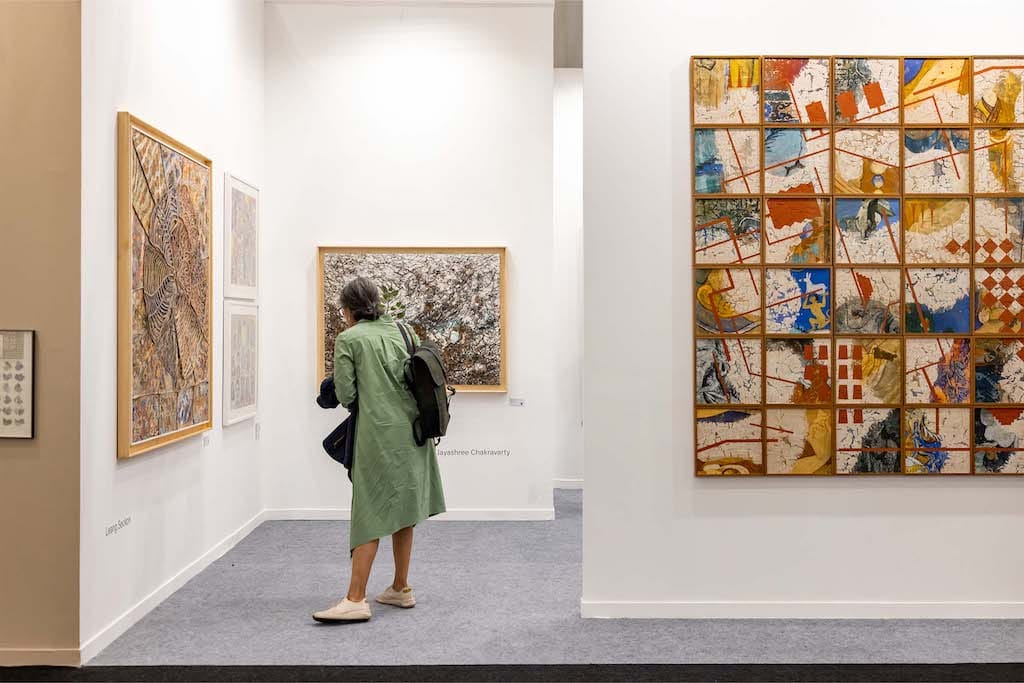
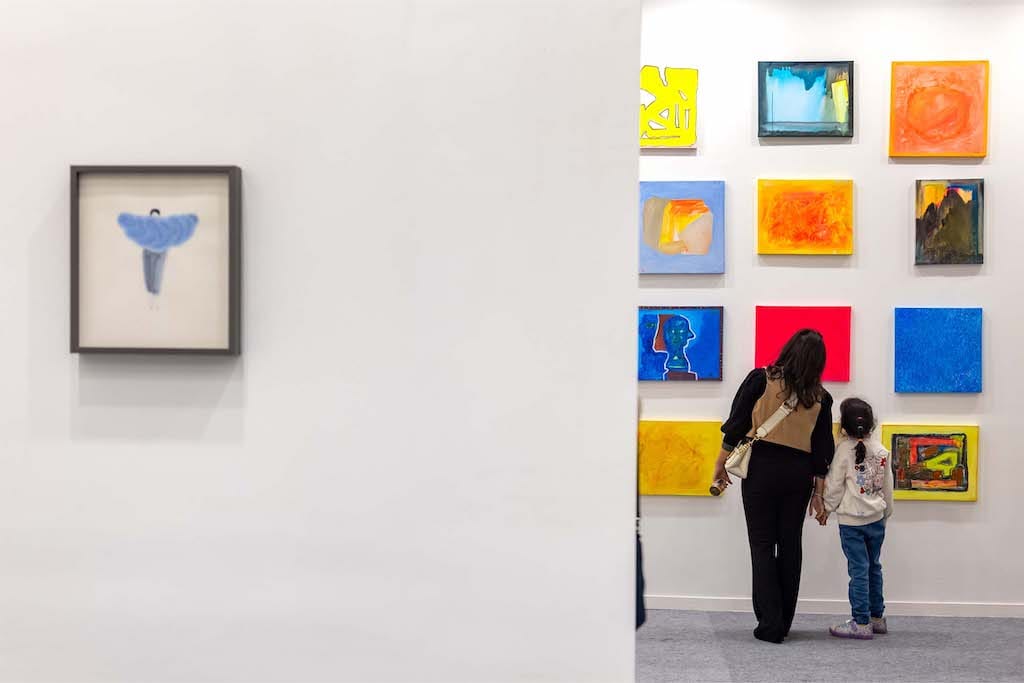
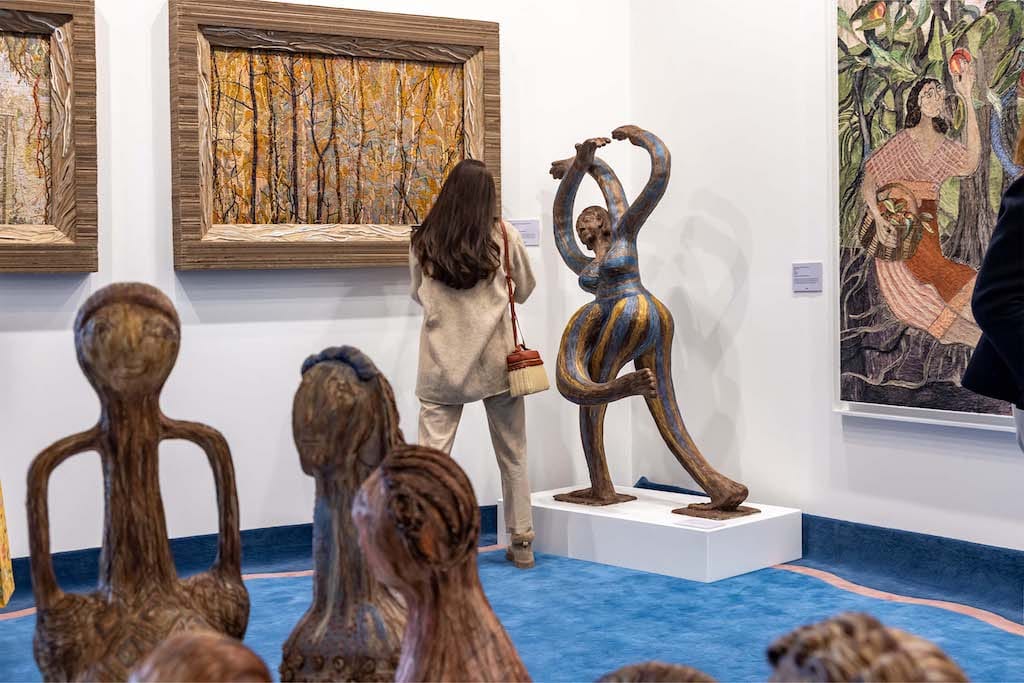
Visitors at the Akar Prakar, Gallery Art Exposure, and Karishma Swali (Chanakya School of Art) booths at the India Art Fair | Courtesy: India Art Fair
NS: You’ve transformed the India Art Fair into a year-round initiative, supporting events like the Mumbai Gallery Weekend talks. How has this deepened engagement between artists, collectors, and the wider community?
JA: One thing people might not realize is how much we do year-round to sustain engagement. We now support various initiatives, such as partnerships with galleries, museum events, and workshops for students and collectors. For example, our involvement with Mumbai Gallery Weekend not only connects audiences with art in a different city but also fosters meaningful conversations that extend beyond the fair’s annual calendar. These efforts help deepen relationships with the wider community, making the fair not just an event but a sustained platform for artistic dialogue and collaboration.
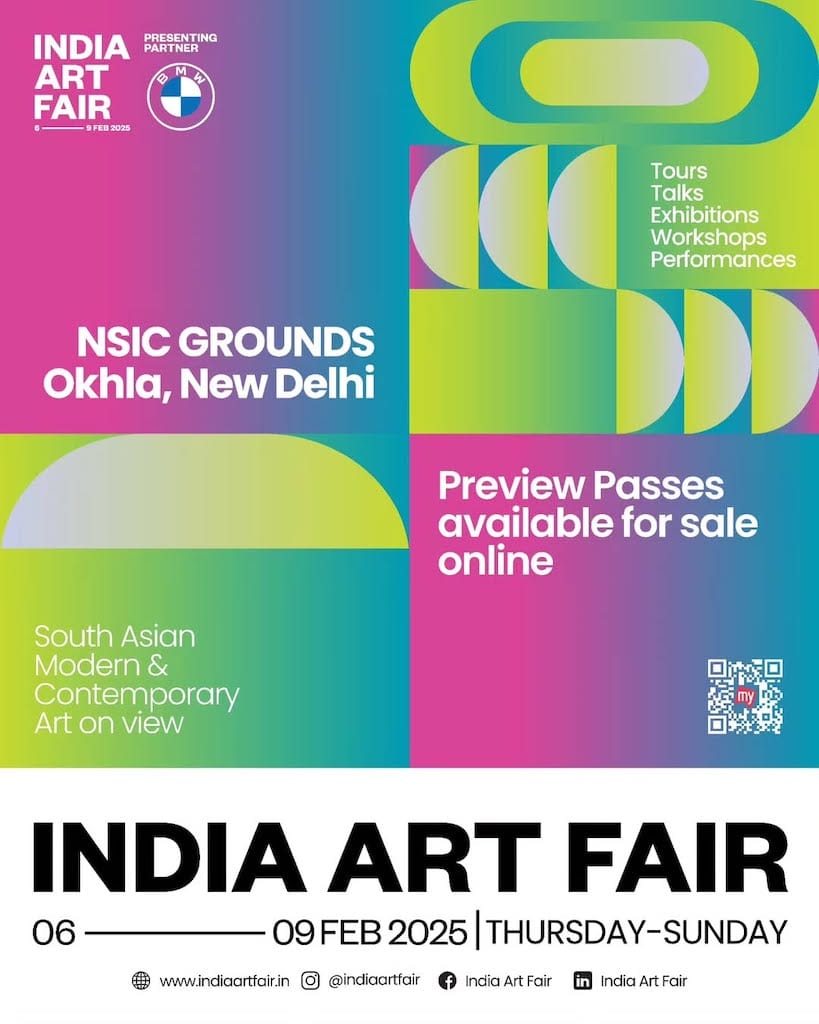
The 16th edition of the India Art Fair will take place from 6th to 9th February 2025 at the NSIC Exhibition Grounds in New Delhi.


